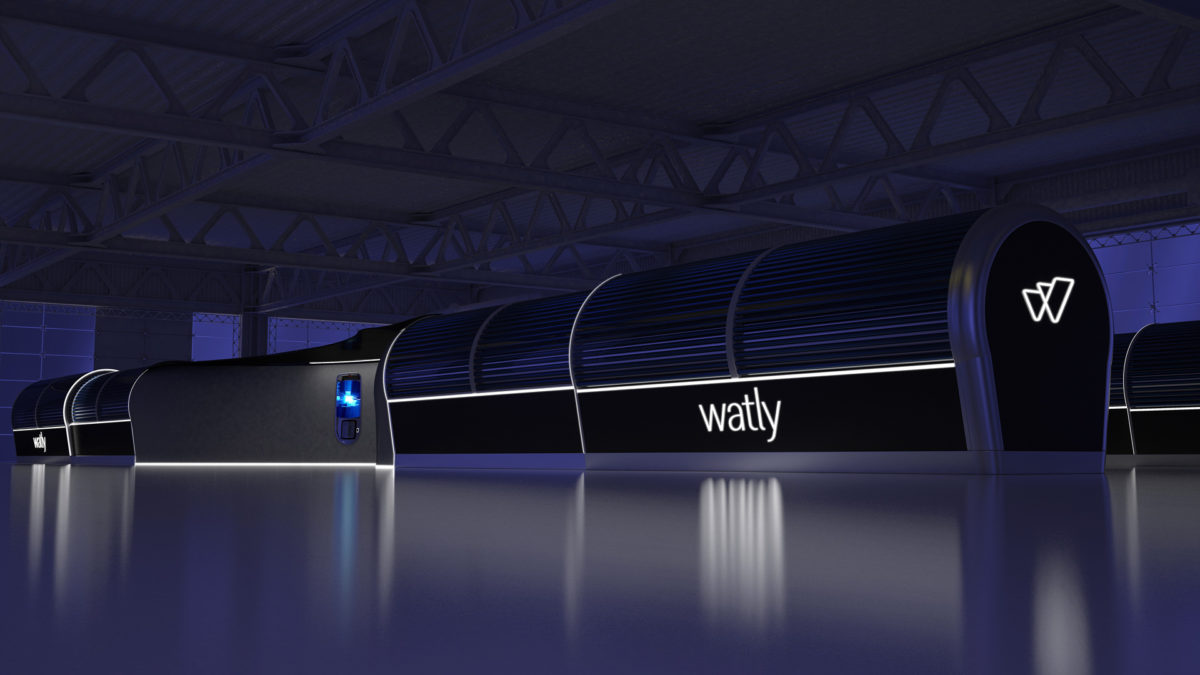Can you imagine? A device that not only provides solar energy, but also purifies dirty water and provides connectivity to the local population, sounds amazing right? The Watly is this device. The Watly provides not only solar energy but also supplies the local community with clean drinking water and connectivity.
The Centre for Disease Control estimates that almost 9% of the global disease can be prevented by clean water and improved sanitation, therefore Watly is a great help(Mora, 2016). One Watly unit can sanitize up to 5000 liters of water each day, that is enough to provide 2500 people with clean drinking water. While purifying water, the Watly can generate energy to charge external devices. These external devices can be used to connect with the internet through the connection set up by the Watly unit(3G/4G/Wi-Fi).
All These benefits helps to improve global living standards for the most in-need people of the world. Besides improving the global living standards Watly also tries to improve people happiness and wellbeing, this by providing connectivity(Watly, 2016). You can ask why exactly connectivity, well because people in third world countries mostly do not have the external devices to make use of the connectivity. On the contrary, in 2015 almost 2/3 of the African population had mobile devices(IPS, 2015).
Therefore providing connectivity has several benefits, first of all the connectivity can help them develop education and healthcare systems in their own country by using the information available on the internet. Second, it can help third world countries to develop their economy by using the internet for selling their products. The internet provides them with a larger market and more potential buyers. And last but not least, the global information in combination with the development of education, healthcare and the economy can help third world countries to develop their society, to provide a better future for all citizens.
The Watly sounds as an amazing device that can help to improve global living standards, but before it can really improve living standards it needs to raise funds to build a Watly unit worth $75000. Watly started a crowd funding campaign to raise the amount to start building the Watly unit, currently they have raised about $18.000(Indiegogo, 2016). What do you think? Is Watly really the game changer for third world countries?
401176av
IPS (2015), ‘Aantal mobiele telefoons in Afrika stijgt razendsnel’, Retrieved October 2, 2016, from http://www.mo.be/nieuws/aantal-mobiele-telefoons-afrika-stijgt-razendsnel.
Mora, M. (2016) ‘This massive solar-powered computer can provide water for an entire village’, retrieved Ocotber 2, 2016, from http://www.digitaltrends.com/cool-tech/watly-solar-powered-water-purifier/.
Indiegogo (2016) Retrieved 2 October, 2016, from https://www.indiegogo.com/projects/the-biggest-solar-powered-computer-in-the-world-africa-water#/.
Watly (2016) Retrieved October 2, 2016, from http://watly.co/.


Hi Arthur,
Watly sounds like a very advance and promising project to help advance underdeveloped countries. I would like to point out one concern I have regarding the connectivity services that Watly can provide to its users. I believe Watly’s connectivity would only be useful if people in the community possess a computer, smartphone or tablet to take advantage of the internet connectivity. Therefore all information in the internet for educational and medical purposes can only be access if the people in the community possess a device where they can display that information. According to the Pew Research Center only 14% of the population in Ghana (where Watly is conducting its product test) owns a smartphones. However, the amount of people that own a regular cell phone is almost 70% therefore only needing cell phone signal to make calls or send text messages. Nevertheless, this statistics of people owing a smartphone will increase in the future. As a result, I believe that Watly might consider to “erase” the connectivity function for now so they do not require that much money. Later, once the company has “prove” the viability of the product, they could add more functionalities to the product.
http://www.pewglobal.org/2015/04/15/cell-phones-in-africa-communication-lifeline/
Hi Arthur, Thank you for your interesting post! Globally were are becoming more technology independent and so do third world countries. I think the ‘watly’ could be a great solution to solve some of the problems third world countries have.
A lot of third world countries get help for clean water and energy, but as you mentioned in your post, connectivity is important as well. Last summer I was in the third world country Tanzania, and it was hard to get clean water. You had to buy a bottle if you wanted to be sure. Further the electricity, they shut down the electricity during the day, so the generator would not stop during the night.
So it was hard to get clean water and electricity, but it was even harder to get connected to the world. There were almost no WiFi points and it was almost impossible to get acces to your provider. I think it is most important to invest in the connectivity so they know what is globally going on. Connectivity is the source to grow at the moment.
Despite I think the ‘watly’ is a great idea, some things are unclear to me. How many people can use a single watly and how do you prevent these projects for being stopped? It is known that some projects start good, but when the projects become more complex or the volunteers leave the community, the projects stops and fails.
Yet, I still think we should invest in these kind of projects and especially in connectivity to the world, but we also have to invest in the implementation and duration of these projects.